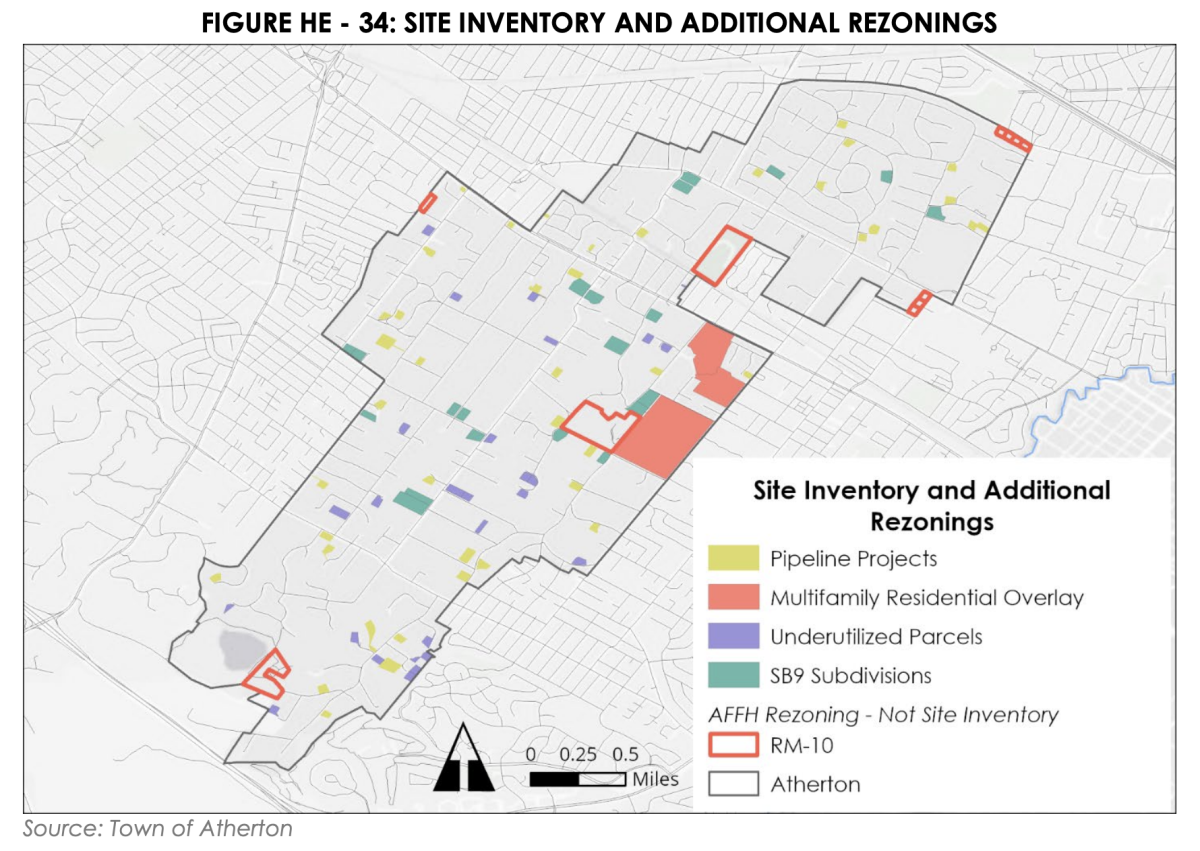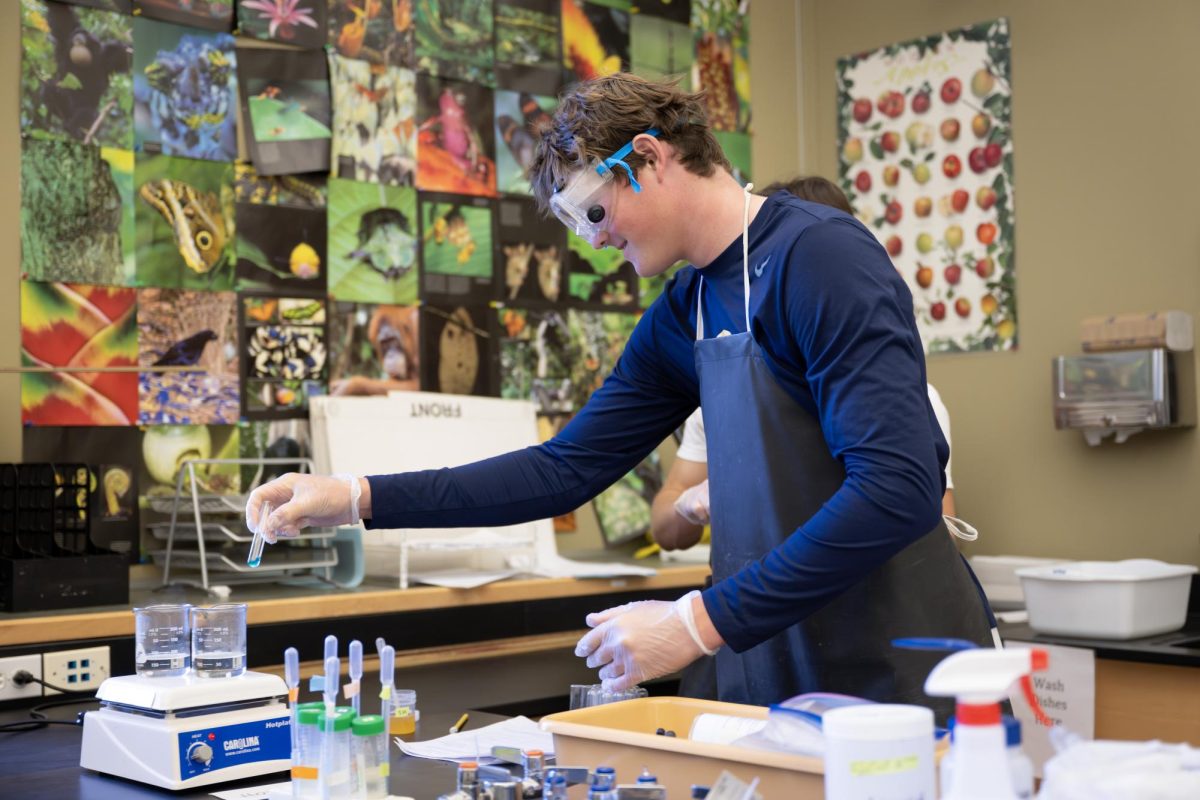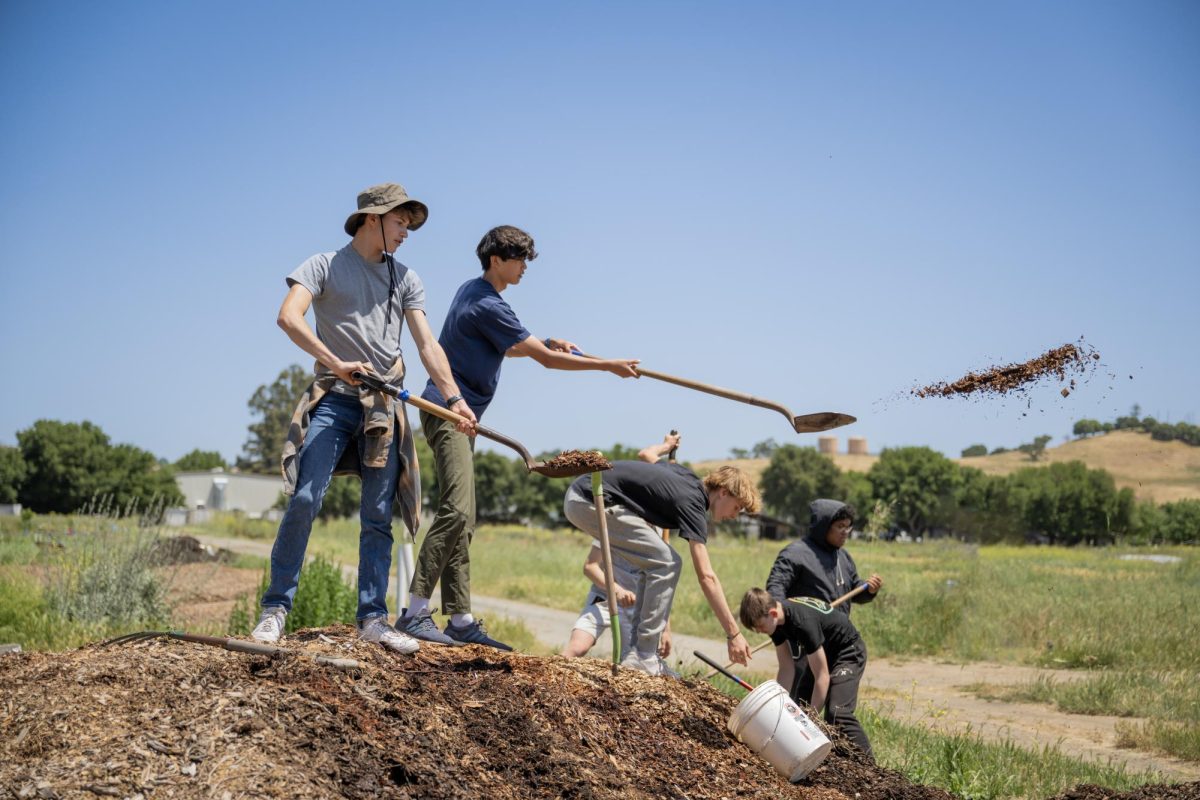The World Language department will be implementing a change in curriculum beginning next year. Screen grab from https://vimeo.com/208552733
By Arnav Bhagat
Next year the Spanish department will be undergoing a curriculum change that aims to enhance student fluency with the language.
The change was proposed in 2013, after which the Spanish department engaged in a “program review”, or a formal examination by external reviewers. Their reports were geared toward helping improve specific areas of the Spanish department, based on their observations.
Rebecca Mouser, the chair of the World Language department, explained that she had harbored thoughts along the lines of the current change for a while, and is excited that fluency is taking a higher priority. “We [will] move away from what the teacher teaches and move more toward what can students do by the end of each year,” she said. “That’s a pretty firm way of teaching language all around the world now.”
While this new program will enhance Spanish students’ fluency, the material will be altered, and maybe pushed back. While the amount of material that a student will be learning will stay constant, there will be a shift toward fluency rather than just material such as grammar. The change aims to enable students to utilize the language in real situations.
When asked about the general attitude of the Spanish faculty toward the change, Mouser explained some of the reasons that some teachers were more reluctant than others, who were enthusiastic. “Some of the reluctance has come from the idea that, if it worked in the past, why are we changing it now,” she said. “To a teacher who is really passionate about what they are teaching, it can feel like they are dumbing down the curriculum.”
However, Mouser explained that the new method reflects a shift toward emphasizing skills that are more important in this day and age. “If you looked at an old curriculum guide it would say something along the lines of ‘in Spanish 2, students will study X and Y,’” Mouser said. Now, it is not so grammar focused. “If you look at it now, it will say something like ‘By the end of the class, students should be able to talk about themselves in the present and events that happened in the past.’”
The main indicators of the curriculum change are the changes to the course names. Using Spanish as an example, the current structure is as follows: Spanish 1, Spanish 2, Spanish 3, Spanish 3 Honors, Spanish 4, Spanish 5, AP Spanish Language, AP Spanish Literature. The new structure: Foundations Spanish 1, Foundations Spanish 2, Intermediate Spanish, Upper Intermediate Spanish, AP Spanish Language and Culture / AP Spanish Literature and Culture, Advanced Seminar In Spanish Language and Culture.
“Intermediate” resembles the former Spanish 3 level, while Upper Intermidiate encopassses a level similar to high 3 honors and Spanish 4. “What we’ve done, is we’ve moved the honors option from a level 3, which would now be the normal Intermediate class, to Upper Intermediate which would currently be Spanish 4.” Mouser said. Because of this, the track that leads to the honors class is longer.
The department hopes that the change will allow Menlo students to grasp the Spanish language in a way they previously couldn’t.








